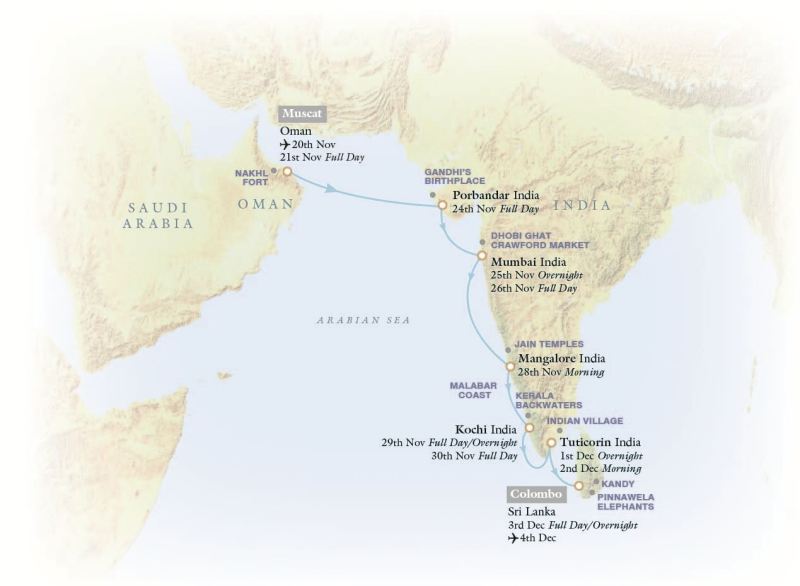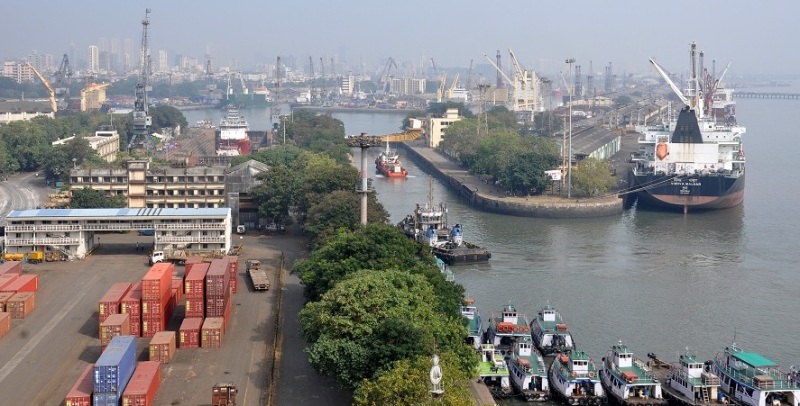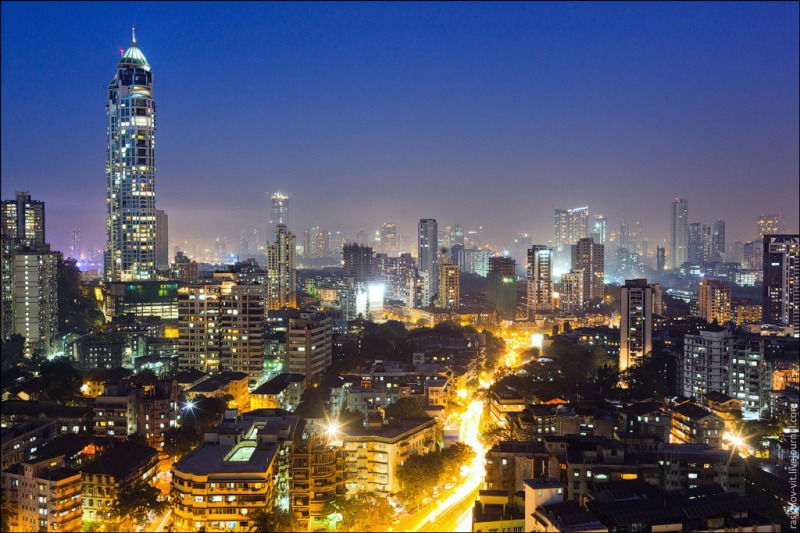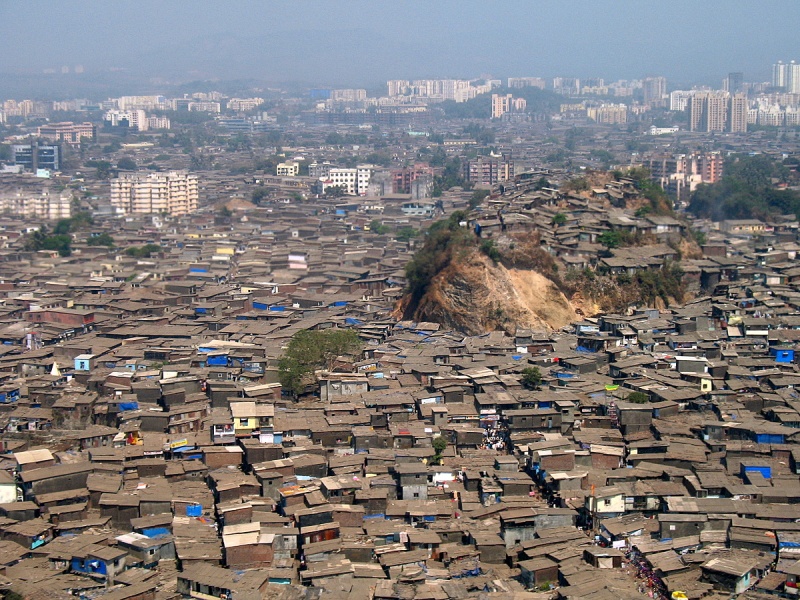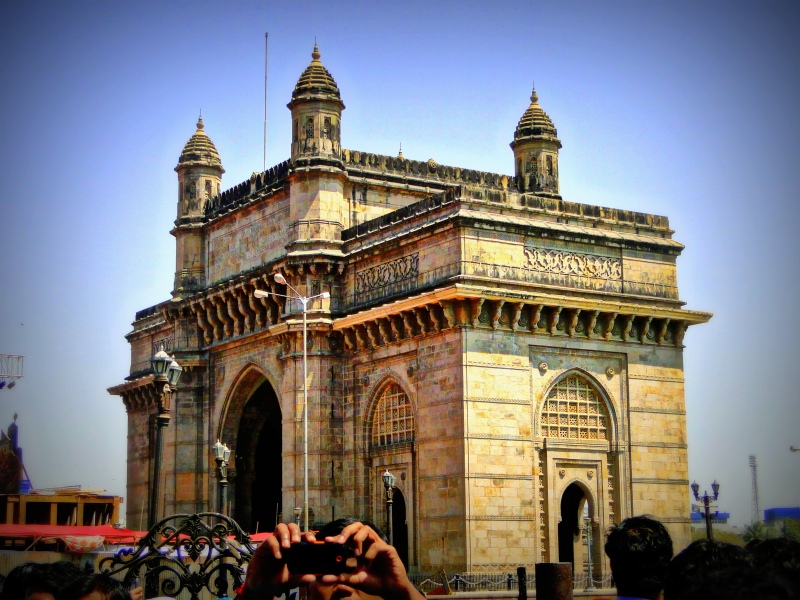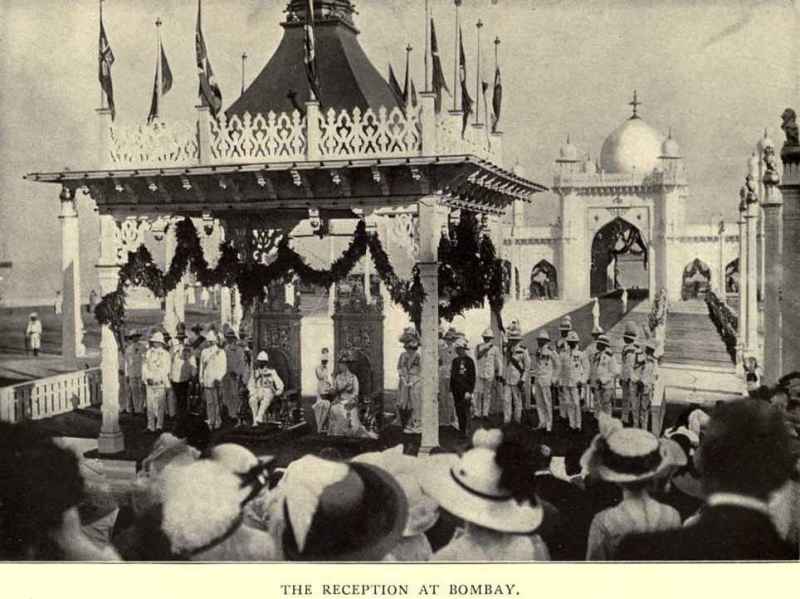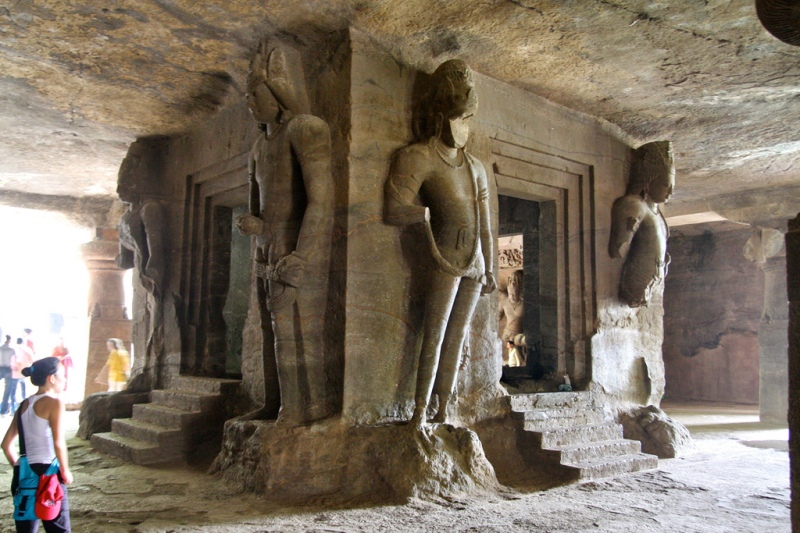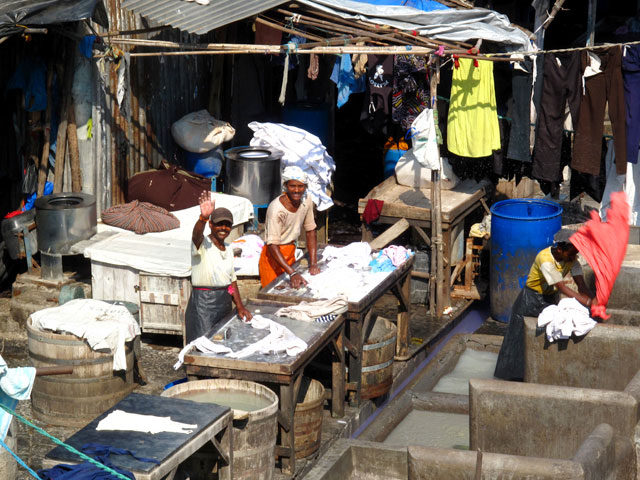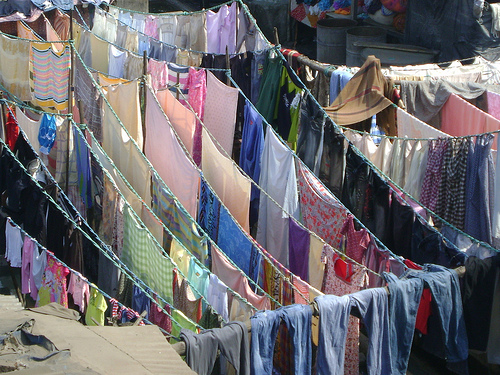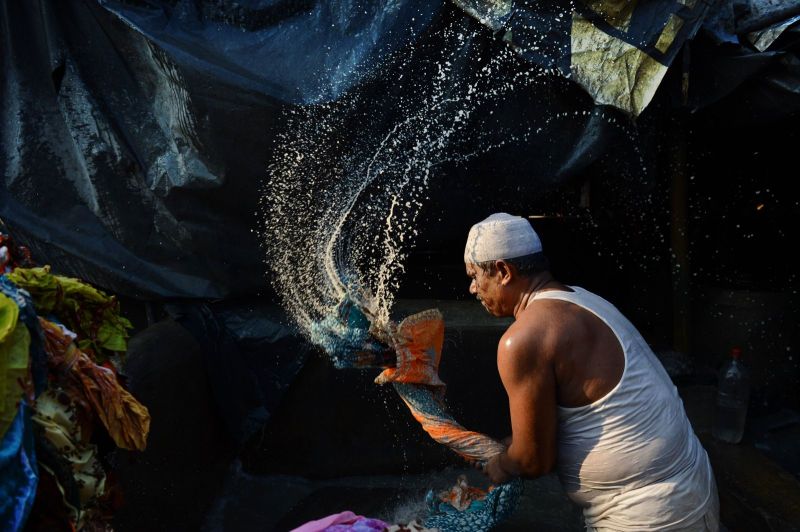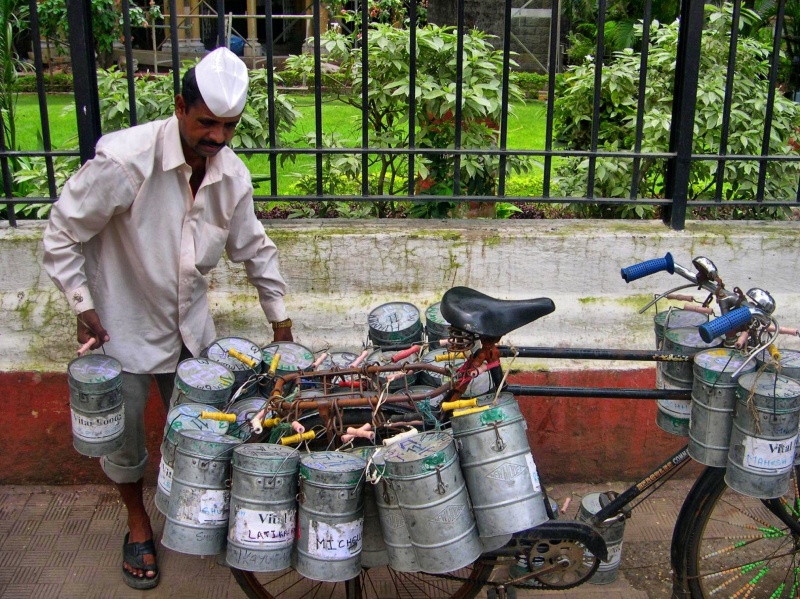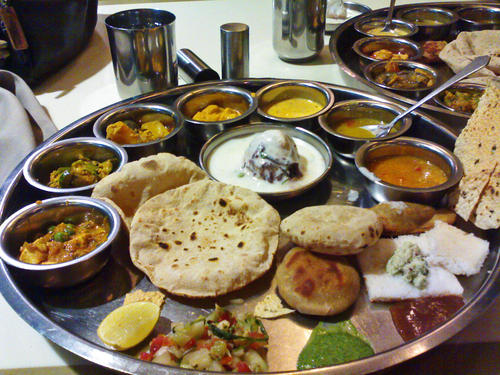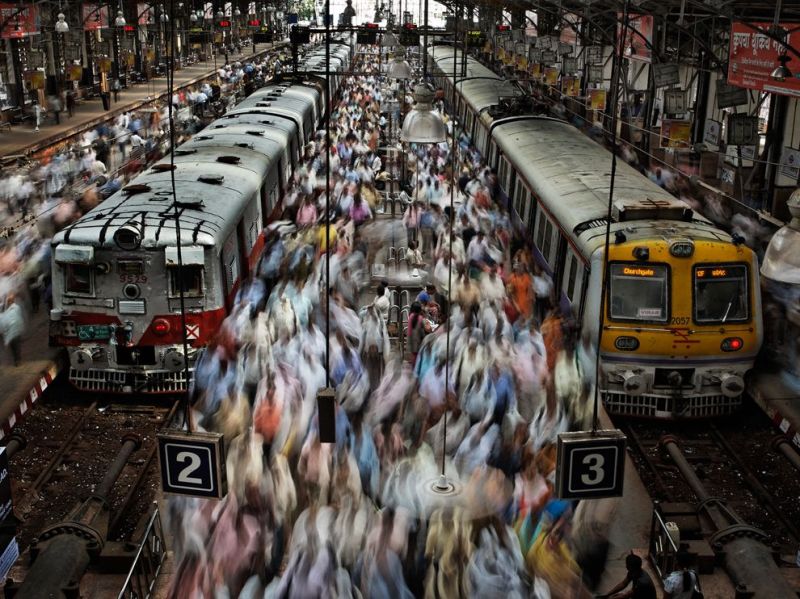India is a vibrant land of startling contrasts where both the traditional and modern worlds meet. The world’s seventh largest nation by area and the second largest in terms of population, India boasts a rich heritage – the result of centuries of different cultures and religions leaving their mark. Highlights for travelers include the opportunity to experience an array of sacred sites and spiritual encounters, while nature lovers will enjoy its sun-washed beaches, lush national parks, and exciting wildlife sanctuaries.
Ever since the opening of the Suez Canal in 1869, the principal gateway to the Indian Subcontinent has been Mumbai (Bombay), the city Aldous Huxley famously described as “the most appalling of either hemisphere”. Travellers tend to regard time spent here as a rite of passage to be survived rather than savoured. But as the powerhouse of Indian business, industry and trade, and the source of its most seductive media images, the Maharashtran capital can be a compelling place to kill time. Whether or not you find the experience enjoyable, however, will depend largely on how well you handle the heat, humidity, traffic fumes and relentless crowds of India’s most dynamic, Westernized city.
First impressions of Mumbai tend to be dominated by its chronic shortage of space. Crammed onto a narrow spit of land that curls from the swamp-ridden coast into the Arabian Sea, the city is technically an island, connected to the mainland by bridges and narrow causeways. In less than five hundred years, it has metamorphosed from an aboriginal fishing settlement into a megalopolis of more than sixteen million people – India’s largest city and one of the biggest urban sprawls on the planet. Being swept along broad boulevards by endless streams of commuters, or jostled by coolies and hand-cart pullers in the teeming bazaars, you’ll continually feel as if Mumbai is about to burst at the seams.
The roots of the population problem and attendant poverty lie, paradoxically, in the city’s enduring ability to create wealth. Mumbai alone generates one third of India’s tax income, its port handles half the country’s foreign trade, and its movie industry is the most prolific in the world. Symbols of prosperity are everywhere: from the phalanx of office blocks clustered on Nariman Point, Maharashtra’s Manhattan, to the expensively dressed teenagers posing in Colaba’s trendiest nightspots.
The flip side to the success story is the city’s much-chronicled poverty. Each day, an estimated five hundred economic refugees pour into Mumbai from the Maharashtran hinterland. Some find jobs and secure accommodation; many more end up living on the already overcrowded streets, or amid the squalor of some of Asia’s largest slums, reduced to rag-picking and begging from cars at traffic lights. However, while it would definitely be misleading to downplay its difficulties, Mumbai is far from the ordeal some travellers make it out to be. Once you’ve overcome the major hurdle of finding somewhere to stay, you may begin to enjoy its frenzied pace and crowded, cosmopolitan feel.
Nowhere reinforces your sense of having arrived in Mumbai quite as emphatically as the Gateway of India, the city’s defining landmark. Only a five-minute walk north, the Prince of Wales Museum should be next on your list of sightseeing priorities, as much for its flamboyantly eclectic architecture as for the art treasures inside. The museum provides a foretaste of what lies in store just up the road, where the cream of Bartle Frere’s Bombay – the University and High Court – line up with the open maidans on one side, and the boulevards of Fort on the other. But for the fullest sense of why the city’s founding fathers declared it Urbs Prima in Indis, you should press further north still to visit the Chhatrapati Shivaji Terminus (CST), the high-water mark of India’s Raj architecture.
Standing an impressive 26 meters tall and overlooking the Arabian Sea, the iconic Gateway of India is a must-see when in Mumbai. Built to commemorate the arrival of King George V and his wife Queen Mary in 1911, this stunning piece of architecture was opened with much pomp and ceremony in 1924 and was, for a while, the tallest structure in the city. Constructed entirely of yellow basalt and concrete and notable for its Indo-Saracenic design, the Gateway of India was also the scene of a rather less jubilant procession of British soldiers in 1948 when India gained its independence. These days, the huge archway provides a stunning backdrop that is as popular among locals as it is tourists. Hot Tip: After visiting the Gateway of India, pop over to the adjacent Taj Mahal Palace and Tower for a delectable High Tea, a tradition since this lovely luxury hotel opened in 1903.

Beyond CST lie the crowded bazaars and Muslim neighbourhoods of central Mumbai, at their liveliest and most colourful around Crawford Market and Mohammed Ali Road. Possibilities for an escape from the crowds include an evening stroll along Marine Drive, bounding the western edge of downtown, or a boat trip out to Elephanta, a rock-cut cave on an island in Mumbai harbour containing a wealth of ancient art.
The island of Elephanta offers the best escape from the seething claustrophobia of the city – as long as you time your visit to avoid the weekend deluge of noisy day-trippers. Populated only by a small fishing community, it was originally known as Gherapura, the “city of Ghara priests”, until the island was renamed in the sixteenth century by the Portuguese in honour of the carved elephant they found at the port – now on display outside the Dr Bhau Dadji Lad Museum in Byculla. Its chief attraction is its unique cave temple, whose massive Trimurti (three-faced) Shiva sculpture is as fine an example of Hindu architecture as you’ll find anywhere.
Dhobi Ghat laundry has about 700 washing platforms where about 200 washer-men families have been washing clothes for decades.
A dhobi (laundryman) is seen working at Dhobi Ghat, an open-air laundry in Bombay. At any given time of the day, some 8,000 to 10,000 dhobis can be seen working from the original stalls that date back to British rule.
Every day, approximately 4,000 dabbawallahs deliver 160,000 home-cooked lunches from the kitchens of suburban wives and mothers direct to Mumbai’s workers in “the world’s most ingenious meal distribution system.”
Dabbawallahs pick up the home cooked lunches in the suburbs, hop on trains, and deliver them, via bike, to Mumbai office workers. Later on, they pick up and bring back the same empty tiffins (the name for the metal containers used). Despite the lack of fuel, computers, or modern technology involved, a tiffin goes astray only once every two months. So for every six million tiffins delivered, only one fails to arrive. That’s why Forbes awarded the dabbawallahs a 6 Sigma performance rating (a term used in quality assurance if the percentage of correctness is 99.9999999 or more). The crew of deliverymen relies on a color coding system to route lunches to the proper recipients.
The old Victoria Terminus was the first truly public building in Bombay. So when it became a target of the 2008 terrorist attacks, what was violated was much more than just a railway station. Almost anyone who has lived in Mumbai has paused in the common area at the head of the Chhatrapati Shivaji Terminus suburban train platforms – not least to relieve the pervading mugginess by getting in the way of the industrial strength blowers that pass for fans.
From here one sees trains pull in, and commuters step off even before the train has stopped. A residual momentum propels them out into the city, as if the characteristic buzz of Mumbai is generated entirely in its trains. It would be reason enough to pick Chhatrapati Shivaji Terminus (formerly Victoria Terminus) as the building most emblematic of Mumbai because more than three million of the city’s residents rush through its portals every day. But this late-19th-century railway terminus happens also to be one of the finest examples of colonial architecture in the country, representing an east-meets-west style that developed here.
This is also where the first passenger train service in India started; the railway would prove indispensable to Mumbai’s functioning and growth. The terminus was also perhaps the first truly public building in what was then Bombay. Now, its structure is iconic to the point of cliche: when a Hindi film needs to establish a scene as happening in Mumbai, it’s CST that fills the screen, a stately edifice amid a swirl of traffic and people. Victoria Terminus was designed by the architect FW Stevens and built over 10 years to open in 1887. From the outside, it looks far more imposing that its three storeys for its profusion of spires, turrets, domes and gables. Close up, the building is heavily ornamented with floral and animal patterns. The grand, modern identity the British sought for their colonial cities must have been evident in this cathedral that enshrined the power of steam locomotion. Above the central dome of the station is a personification of the whole affair, a 14-foot-tall statue of Progress.
It’s doubtful whether the colonial origins of the station even register with commuters today, who stream through as if the structure were invisible. Victoria Terminus was officially renamed Chhatrapati Shivaji Terminus in 1996, but it is still common to hear a snappy “VT return” at ticket counters across the city.
